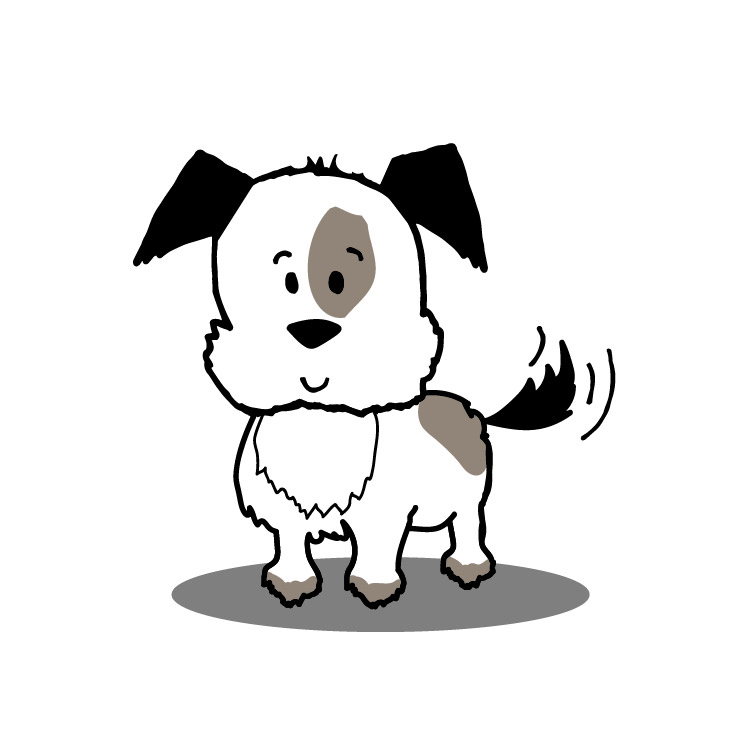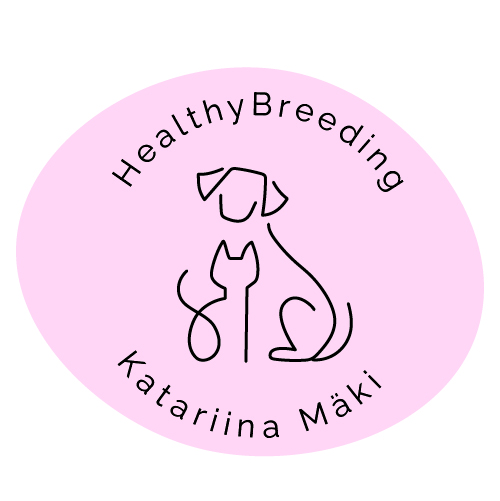Use the alphabetical glossary below to remind yourself what the terms in the course mean.
Is there a term used in the course but missing here? Tell me in the comments box below and I'll add it.
Allele – an alternative form of a gene; also called variant.
Candidate gene – a candidate gene that is being tested for the possibility of causing or contributing to the development of a trait.
Categorical trait – a polygenic trait in which phenotypes are grouped into defined categories.
Chromosome – consists of the DNA strand.
Complex trait – a polygenic trait that is influenced by a variety of factors in addition to genes.
Control – a healthy individual, whose DNA sample is compared with a diseased individual to search for causative mutations.
Crossing over – exchange of fragments between the homologous chromosomes (chromosome pair coming from the sire and the dam)
DNA (deoxyribonucleic acid) – chain-like molecule that individual’s genes. Packaged as chromosomes in each cell.
Epigenome – regulatory factors that influence the reading of an individual’s genes. We have learned about epigenetics in the first part of the course.
Genetic correlation – measure of genetic association between traits. Genetic correlation is due to the same genes, or genes close to each other, influencing the two traits.
Genetic relationship – the proportion of DNA (gene alleles) shared by two individuals.
Genome – all the genetic material of an individual, all the DNA.
Genotype – an individual’s alleles for a particular gene or trait.
Heritability – a measure of the amount of genetic variation in a trait – what proportion of the variation between individuals in the trait is due to hereditary factors. More on heritability in part five of the course.
Indirect selection – a situation where breeding for one trait changes other traits at the same time. Indirect selection is due to genetic association between traits.
Linkage – genes are so close together on the chromosome that they are usually inherited together.
Locus – the address of the gene; the location of the gene on the chromosome.
Major gene – a gene that has a large effect but explains only part of the variation seen in a trait.
Mendelian trait – see monogenic trait.
Monogenic trait – a trait that is controlled by a single gene.
Mutation – a change in the DNA code; a genetic error.
Phenotype – the appearance of an individual, a visible characteristic.
Pleiotropy – a gene controls more than one trait.
Polygenic trait – a trait that is controlled by more than one gene, usually dozens or even thousands.
Qualitative trait – see Monogenic trait.
Quantitative trait – see Polygenic trait.
Segregation analysis – statistical analysis that can be used to investigate the existence of a possible major gene.
Snip – see SNP marker.
SNP marker (also known as snip) – base differences in the DNA code between individuals.
Threshold trait – a trait that becomes apparent in the phenotype when the number of alleles causing the trait exceeds the threshold.
Variant – allele; alternative form of a gene.
Is there a term used in the course but missing here? Tell me in the comments box below and I’ll add it.

Leave a Reply
You must be logged in to post a comment.